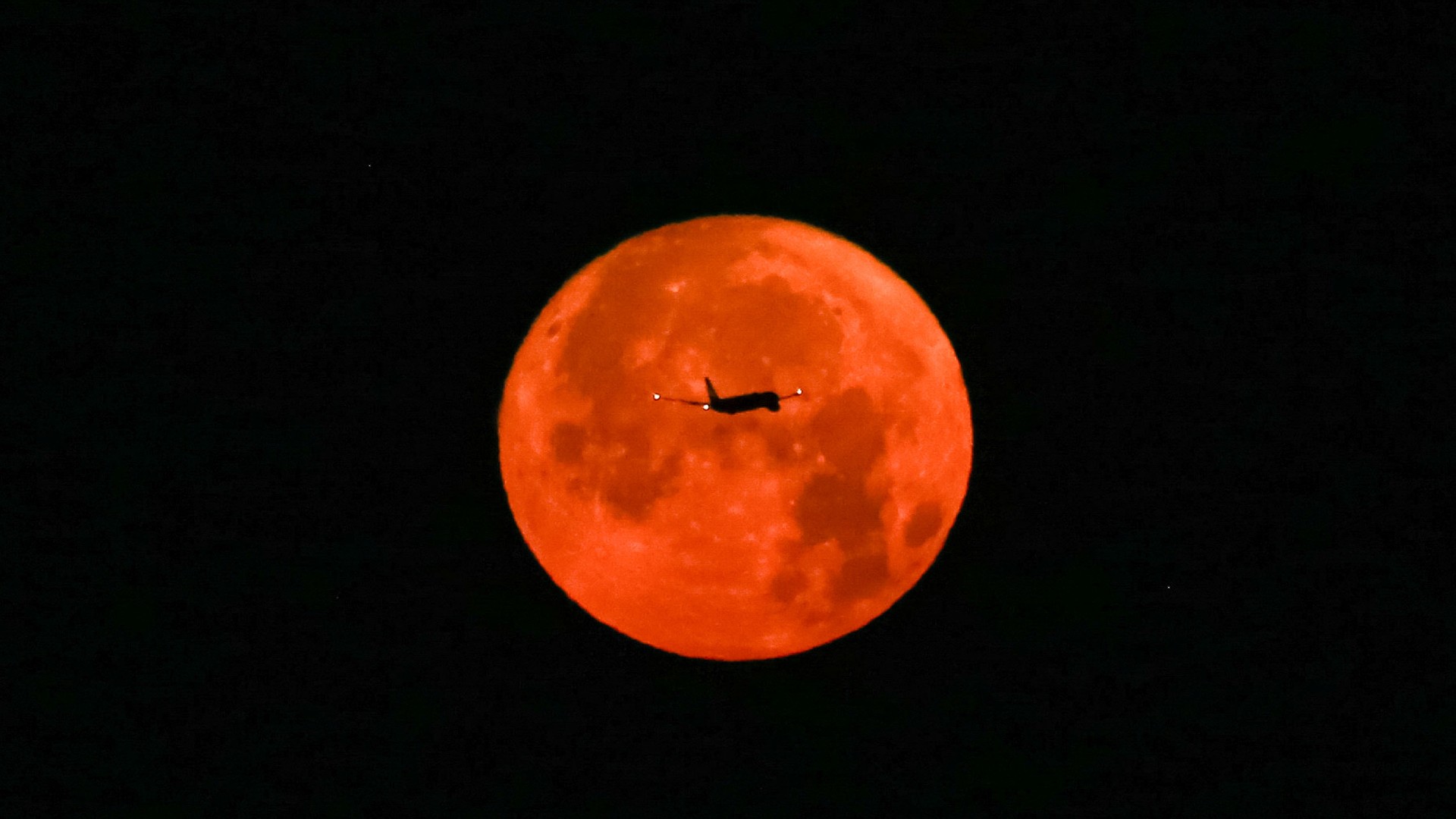Watch the 1st supermoon of 2023 rise in this Full Buck Moon livestream tonight
This full moon will mark the first of four supermoons that will rise this summer.
Update for July 4: The Full Buck Moon of July thrilled skywatchers around the world. See amazing photos and video in our full recap story.
The Full Buck Moon will gallop through the sky tonight.
This full moon will mark the first of four straight supermoons that will rise over the next few months, beginning with July's Buck Moon tonight (July 3) and culminating with September's Full Corn Moon on Sept. 28. While the full moon never disappoints as a skywatching favorite, it can be tricky to see each full moon due to weather conditions or the timing of the moonrise.
Thankfully, astronomer Gianluca Masi and the Virtual Telescope Project in Rome, Italy will be livestreaming the Full Buck Moon in the night sky tonight for skywatchers unable to witness the first supermoon of 2023 in person. The livestream begins at 5 p.m. ET (2100 GMT) on Monday (July 3). Watch it here courtesy of the Virtual Telescope Project or on the project's YouTube channel.
Related: July's Full Buck Moon, the 1st of 4 straight supermoons, rises tonight
Read more: Full moon calendar 2023: When to see the next full moon

Looking for a telescope to see this summer's four supermoons up close? We recommend the Celestron Astro Fi 102 as the top pick in our best beginner's telescope guide.
Supermoons occur when the moon is closer to Earth than average; because the moon's orbit around our planet is elliptical, or oval-shaped, there are times when our natural satellite appears slightly larger or smaller as its distance from us changes.
However, even during a so-called supermoon, the moon appears only around 30% brighter and 14% larger than usual. For all but the most dedicated and experienced moonwatchers, these differences will likely be difficult to discern with the unaided eye.
Get the Space.com Newsletter
Breaking space news, the latest updates on rocket launches, skywatching events and more!
Nevertheless, supermoons are a perfect time to enjoy the splendor of the full moon, whether in person or through tonight's livestream, Masi stated on The Virtual Telescope Project's website. He also underscored why addressing the increasing threat of light pollution is so vital.

"The supermoon offers us a great opportunity to look up and discover the sky," Masi wrote. "Showing the stunning beauty up there, feeding the desire to enjoy it more and better, [and understanding] why it is disappearing from our cities, makes it possible to involve people and spontaneously promote responsible actions and behaviors in the use of artificial light."
If you prefer to look at the Buck Moon or any other supermoons in person, our guides to the best telescopes and best binoculars are a great place to start.
And if you're looking to take your own photos of the full moon and the night sky in general, check out our guide on how to photograph the moon, as well as our best cameras for astrophotography and best lenses for astrophotography.
Editor's Note: If you take an interesting photo of July's Full Buck Moon and would like to share it with Space.com's readers, send your photo(s), comments, and your name and location to spacephotos@space.com.
Join our Space Forums to keep talking space on the latest missions, night sky and more! And if you have a news tip, correction or comment, let us know at: community@space.com.

Brett is curious about emerging aerospace technologies, alternative launch concepts, military space developments and uncrewed aircraft systems. Brett's work has appeared on Scientific American, The War Zone, Popular Science, the History Channel, Science Discovery and more. Brett has English degrees from Clemson University and the University of North Carolina at Charlotte. In his free time, Brett enjoys skywatching throughout the dark skies of the Appalachian mountains.









